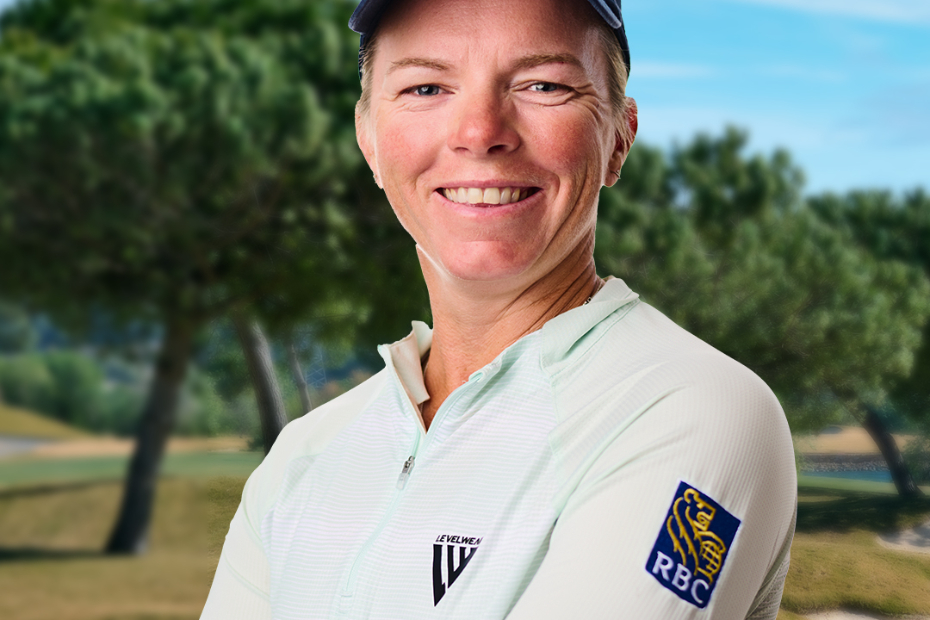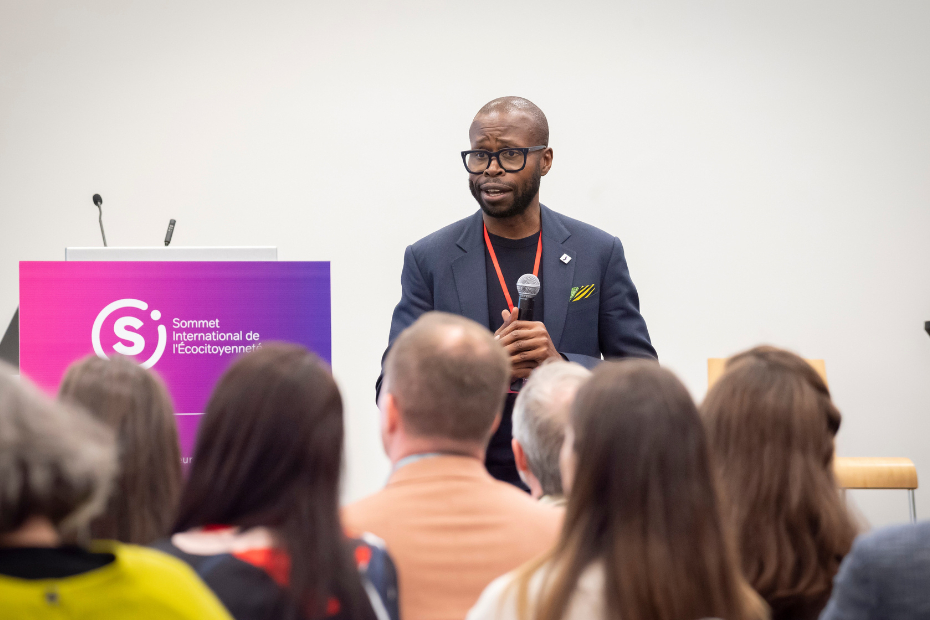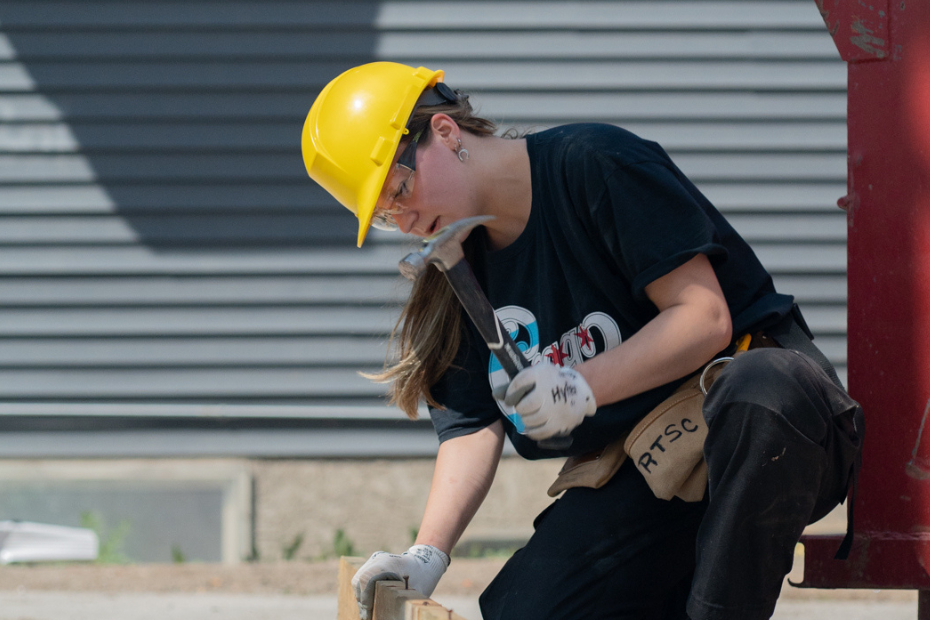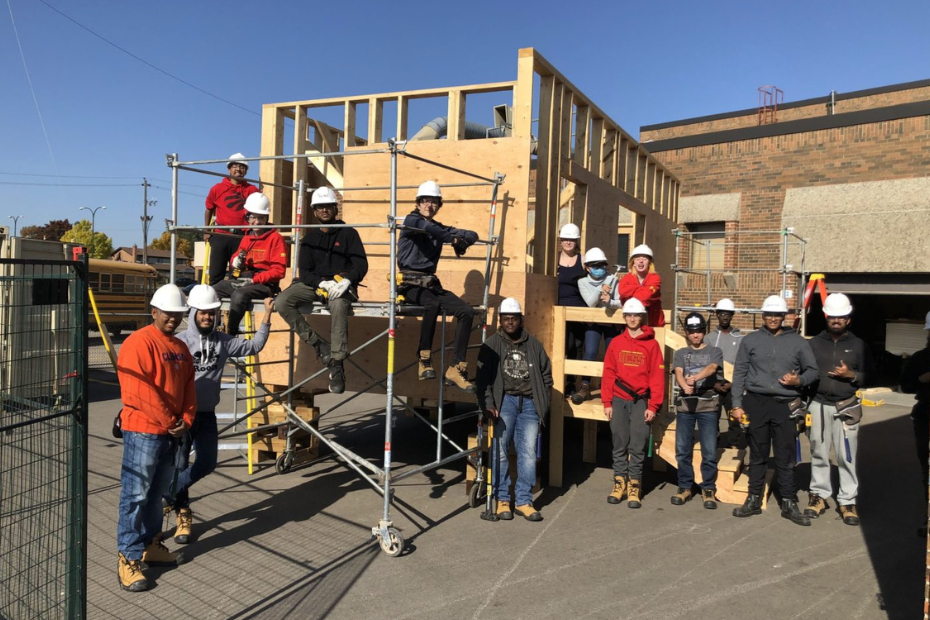However, the neighbourhood cemented its place in LBGT history, not because of the churches, but rather because the area bound by Yonge, Jarvis, Maitland and Carlton Streets was once the estate of Alexander Wood. The Upper Canada magistrate and merchant was involved in a homosexual-related scandal in 1810, making him an early martyr for the LGBT+ community. Wood’s lands became known as “Molly Wood’s Bush” throughout the early nineteenth century — “molly” being a slang term in the 18th and 19th centuries for homosexual.
Operation Soap
Historically, Wood may be the founder of the Church community, however it took another 150 years after his trial for the Village to form in the area. From the late 1960’s to the early 1980’s, Yonge Street was the hub of Toronto’s gay subculture, but most of the gay scene did not take place at exclusively gay establishments. According to Toronto native, artist Alan Belcher, at the time gay men partied with straight women in mixed clubs. “The seventies were the ‘Glitter Age,’ and it was chic to be bisexual,” he recalls.
At the time, the bathhouses along Church Street were one of the only areas in Toronto where gay men exclusively hung out with other gay men. On February 5, 1981, a series of raids known as “Operation Soap” occurred in an attempt to push gay bathhouses out of the area and silence gay voices. Almost 300 arrests were made under “bawdy house” laws. The response to the raids had the opposite effect of their intent, however. The bathhouse raids sparked outrage at the physical abuse of patrons and staff by the police, and the subsequent destruction of property. This outrage lead to Canada’s largest ever gay rights demonstrations.
The raids and their aftermath are now considered by historians to be the Canadian equivalent of the 1969 Stonewall riots in New York City. The anger stirred up by the bathhouse raids would ultimately evolve into Toronto’s Pride Week.
The Beginnings of Pride
While the first gay pride week was held by Toronto Gay Action in 1972, it wasn’t until 1982 (and the aftermath of the raids) that Pride as we know it started to form. The first official Pride event was held on June 28, 1982 in Grange Park and had about 2,000 attendees. After a few years of protests from residents in the Grange Park area, the Pride celebrations moved to Church Street, and on July 1, 1984 the street was closed for the first time.
Through the years, Pride has grown from a day to a week, and the celebration has ballooned to become the largest in North America.
Church as a Community
Around the time of the first Pride, Church Street also started to grow as a gay (mostly male) community. Belcher recalls living in the Church and Jarvis area in the mid-eighties and walking to the street several times a day. “You’d do your banking there, go to the hardware store, then go back for food and a drink,” he recalls. The Village was a community, he says, and you really didn’t have to leave.
According to the Church Wellesley Neighbourhood Association, in the 1980s, “The 519 Church Street Community Centre became the meeting place for numerous social and political groups and became well known as an LGBT friendly space.”
The 519, as it is known today, started as a community drop-in centre, and from the start, gay youth were welcome and frequented the centre. Following the bathhouse raids of 1981, the Right to Privacy Committee and Gaycare (RTPC) developed and brought many LGBT+ advocacy groups to The 519. Starting in 1984, The 519 also housed the Hassle Free Clinic where people could get discreet, rapid service AIDS testing, as well as other services.
While The 519 was becoming known throughout the city as a gay support centre and meeting place, a strip of gay bars also began to open along Church Street. Gays began to rent living space in the surrounding area, and cafes and shopping areas opened to target their needs.
The Church Village became known as a friendly environment where people could be more open about their sexual orientation, and a place where the LGBT+ community could live and play with less worry of persecution. Village nightlife was extremely active throughout the eighties, nighties and early 2000s and many bars became popular in the community. Perhaps the most popular was Woody’s.
“There was a time when Woody’s consumed more beer than any other bar in the city,” recalls Belcher. In the early nineties, Woody’s beer sales were the third highest of any establishment in Ontario, only the Skydome (now Rogers Centre) and Maple Leafs Gardens topped it.
The Village’s Future
In the spring of 2005, a statue of Wood was erected at the corner of Church and Alexander Streets (the latter named for Wood), honouring him as a forefather of Toronto’s modern gay community. This was also the pinnacle of the area as a community. While many LGTB people still live in the surrounding area, rising rent prices have driven many of them out, and gentrification may be leading Church St. down the same path as New York’s famed Christopher Street.
Dating apps may also be having an impact: “The Village grew out of the nightlife,” recalls Belcher. “Gays are still coming to the bars, but they’re not attracting volumes of people with the money anymore; which isn’t good for business,” says Belcher.
One of the things Belcher says that has gotten better with time is The 519. “It’s grown immensely in its functions over the years, and has expanded as the gay movement has become more accepted,” says Belcher. The 519 celebrated a grand reopening in 2010 after an extensive renovation led by Toronto philanthropist Salah Bachir. The expansion includes a cafe and restaurant, FABARNAK, which provides job opportunities and training to help people with employment barriers gain work experience, an allows them a chance to work side-by-side with a team of professional chefs and front-of-house staff. It also facilitates community kitchen programs.
While Church Street may be changing, many believe it will hold a special place in Canada’s history as a community. According to Belcher, the community was, “Ahead of its time in its acceptance and love of all people, regardless of their race, sexual orientation or social standing.”
This article is intended as general information only and is not to be relied upon as constituting legal, financial or other professional advice. A professional advisor should be consulted regarding your specific situation. Information presented is believed to be factual and up-to-date but we do not guarantee its accuracy and it should not be regarded as a complete analysis of the subjects discussed. All expressions of opinion reflect the judgment of the authors as of the date of publication and are subject to change. No endorsement of any third parties or their advice, opinions, information, products or services is expressly given or implied by Royal Bank of Canada or any of its affiliates.



















